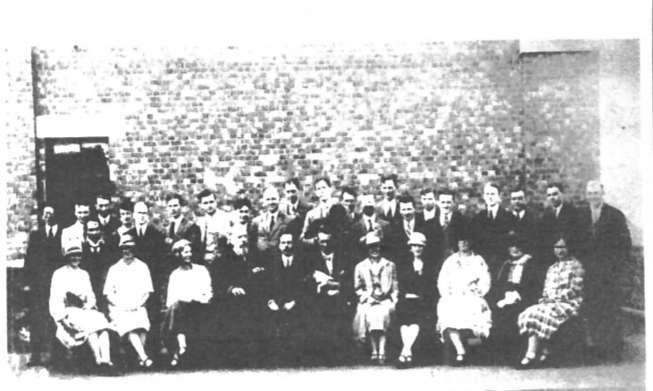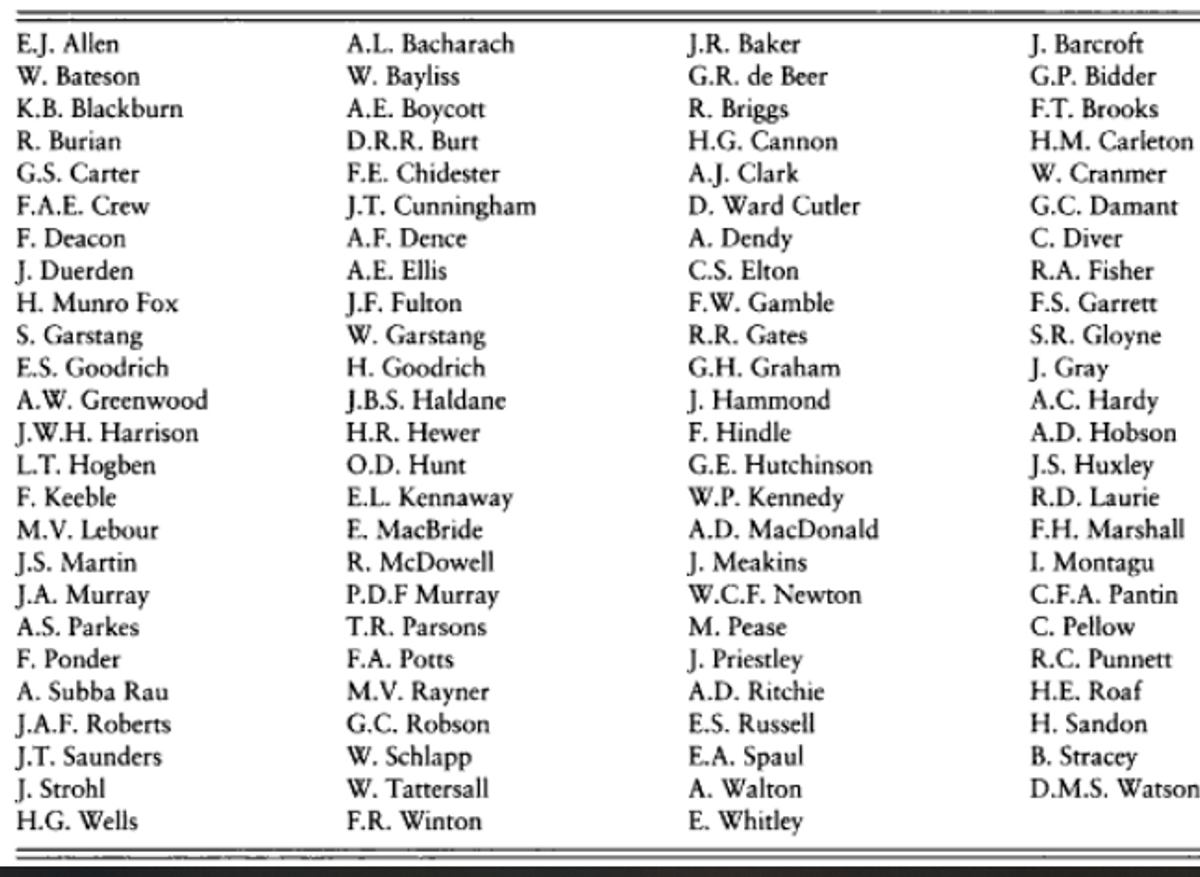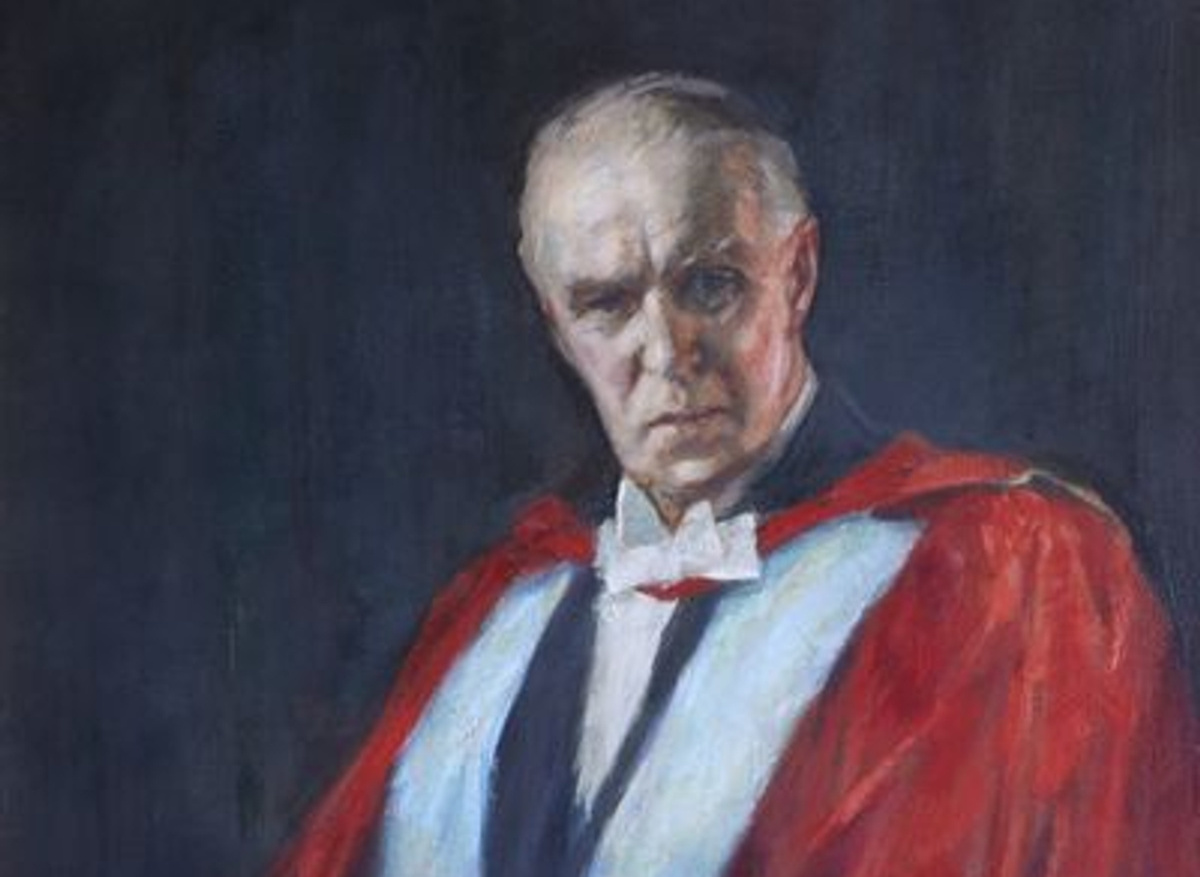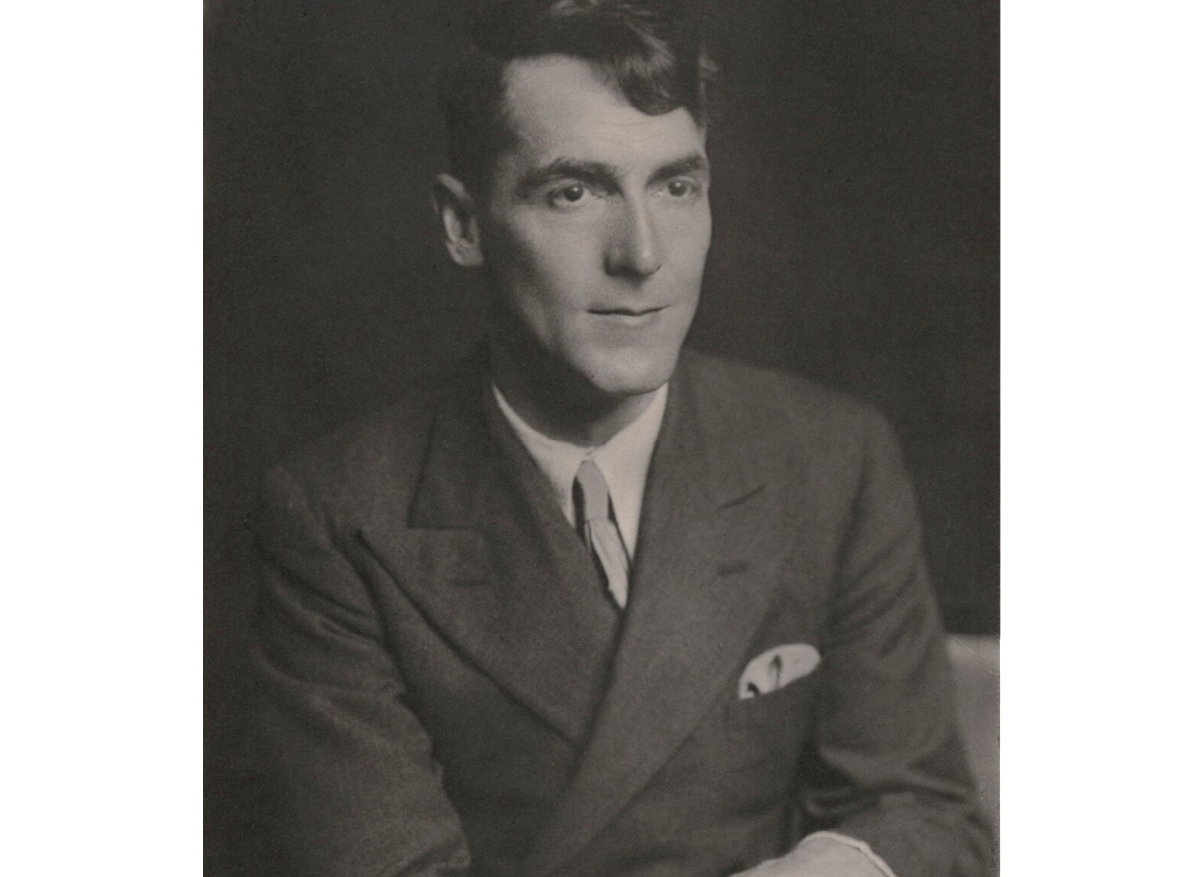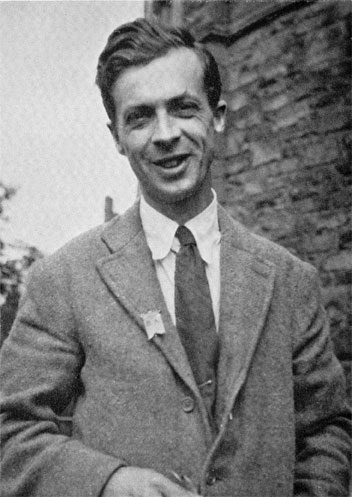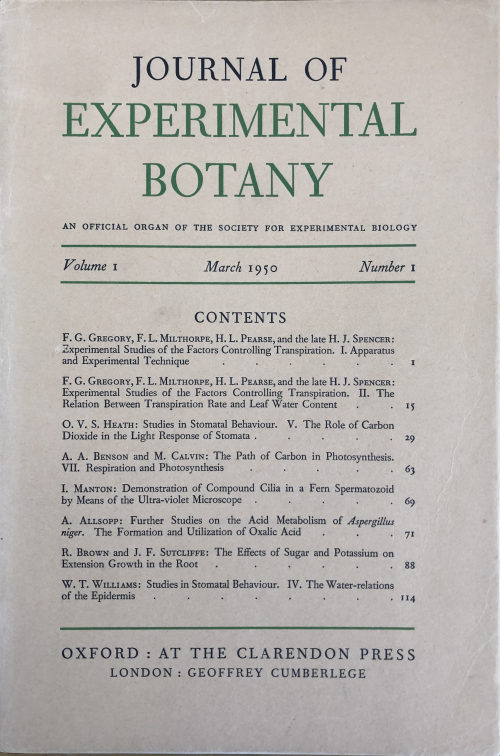Check the History Articles series to learn more details and curiosities about our history.
Background
Experimental zoology became an active field of research in the 1890s after being developed in Germany and America. It was mainly concerned with locating casual factors behind ontogeny and physiology of individual organisms, and introducing the experimental techniques of physics and chemistry into the field of zoology. However, it was not until the UK's Marine Biological Association built a new laboratory in Plymouth dedicated to experimental zoological research in 1920, that the field gained a footing in the UK. This sparked the formation of the Journal of Experimental Biology and the Society for Experimental Biology.
The origins of JEB and SEB revolves around the actions of three key scientists:
• Lancelot T Hogben
• Julian S Huxley
• Francis A E Crew
In 1919, Julian Huxley acquired a position at the Zoology Department of Oxford University, and later that year produced a paper describing how he had induced metamorphosis in axolotl tadpoles through thyroid feeding [1]. He consulted Lancelot Hogben, a lecture of zoology at Imperial college of science who read the “draft with great interest” and repeated Huxley’s experiments confirming his findings. The two developed both a friendship and working relationship, collaborating on a paper on amphibian metamorphosis in 1922 [2].
Separately to this, Francis “Frank” Crew had returned from WW1 having served in the Royal Army Medical Corps no longer wishing to practice medicine and so began pursuing a career in experimental zoological research. In 1920 he was appointed the director of the Animal Breeding Research Department (ABRD) in Edinburgh [3] where he pursued his research focused on physiological genetics and intersexes in vertebrates, an area of interest also shared by Huxley. The two became acquainted and began a collaborative research project looking at the effect thyroid feeding in fowls [4]. Huxley used this new friendship with Crew to persuade him to hire Hogben at the ABRD.
Founding of the Journal of Experimental Biology
The three published several experimental biology papers in various journals of the Royal Society and The Marine Biological Association but became frustrated with the lack of editorial and policy control they had for these journals so soon set about discussing the creation of a new experimental journal. They also gathered input from their peers, notably John Burdon Sanderson Haldane who was mentioned personally in a first-hand account by Hogben and played a key role in initial discussions. The new journal came to fruition with the help of fellow biologist, Carr-Saunders. Crew secured printing with the firm Oliver and Boyd and personally underwrote a £200 guarantee, while Carr-Saunders convinced three professors from the University of Liverpool to join the editorial board:
• William Dakin (Zoologist)
• James Johnstone (Oceanographer)
• John McLean-Thompson (Botanist)
At Hogben’s suggestion, they also invited the plant geneticist R. Ruggles Gates from Kings College London to join the editorial board in the view to include experimental botanists as well as zoologists in the publication. In the end, very few plant biologists ever submitted papers and by volume six the journal was completely zoological in nature.
No one from the University of Cambridge was included on the editorial board initially, which proved a point of contention due to the fact it was one of the only UK institutes to conduct experimental biology research and include experimental biology in its teaching at the time. This led to the reproductive physiologist Francis H A Marshall also being invited to join the board. With the editorial board complete the British Journal of Experimental Biology (BJEB) was born and published their letters announcing the new Journal in Nature and Science in the summer of 1923.
Founding of the Society for Experimental Biology
It was at a board meeting of the BJEB in May 1923 that the idea was formed to create an association to support the journal and further the cause for experimental zoology in the UK. A preliminary meeting, organised by Hogben, was held in Liverpool in August of the same year. Here it was decided that Hogben should organise a follow up conference in December to consider the formation of an Association. He set about sending letters to assess the viability of such a conference and association. The editorial board of the BJEB backed the idea with full support, as did many researchers based at the University of Cambridge and the Marine Biological Association Plymouth Laboratory.
You are invited by the Editorial Board of The British Journal of Experimental Biology to attend a conference at Birkbeck College… 21st and 22nd December 1923 for the purpose of considering and proceeding with the formation of an Association to promote intercourse, discussion and facilities of publication among biological workers engaged in experimental lines of enquiry.
The conference was a great success with 99 attendees from all areas of experimental biology, and the final conference programme included 13 zoological papers, 3 on plant biology, and 4 “general papers”. At the event, the association was formally named the Society for Experimental Biology and Hogben was voted as the zoological and physiological secretary. Even though the majority of papers presented at the conference were based on animal biology, a large number of experimental plant biologists also turned up and so in an effort to draw on this support from the plant biology community, Ruggles Gates was voted the botanical secretary. It was also here that intention of the Society was laid down:
to promote the cross-fertilisation of ideas between all areas of the biological community
Over the years the SEB grew from strength to strength and continues to promote the importance and impact of experimental biology in all areas.
* To learn more about the history of the SEB, we recommend the paper by Erlingsson (2013) [5].
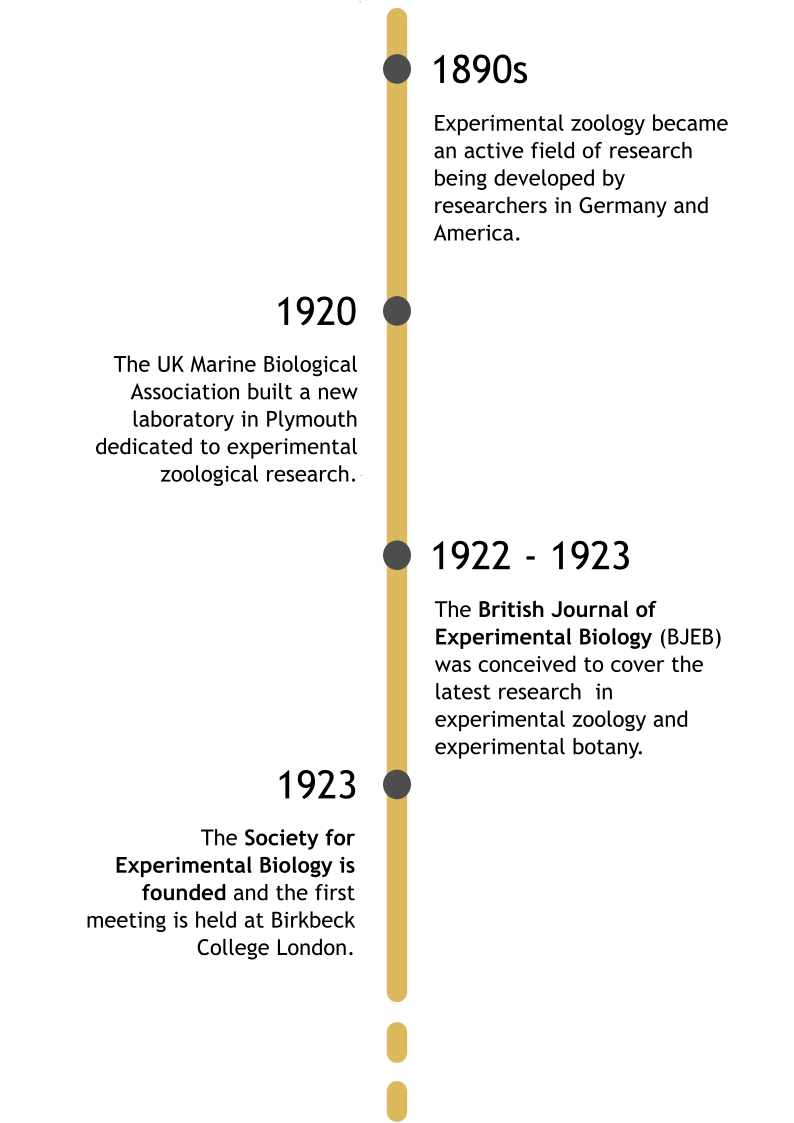
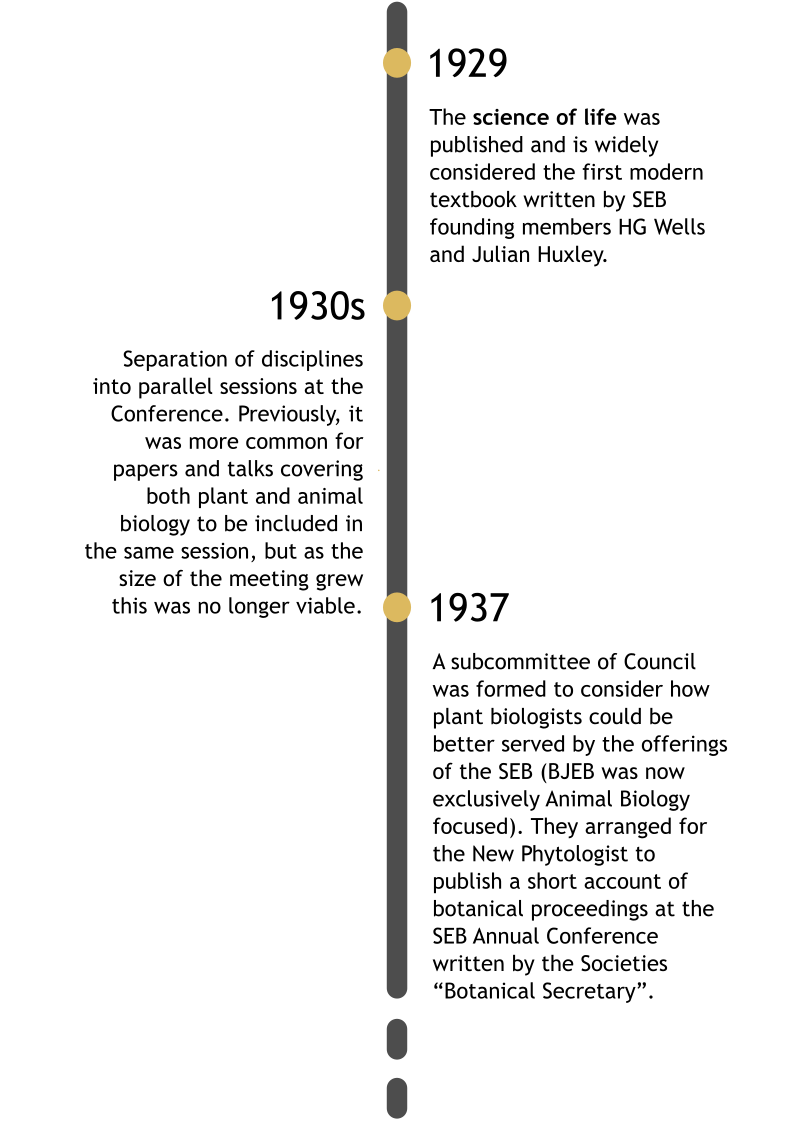
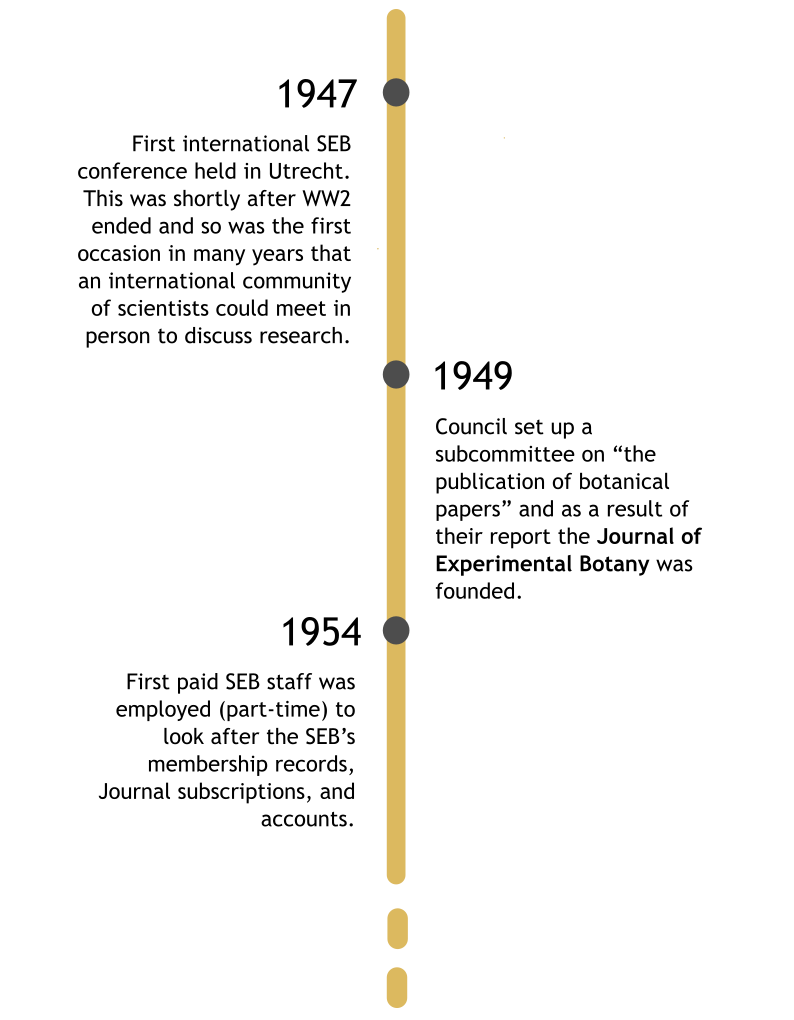
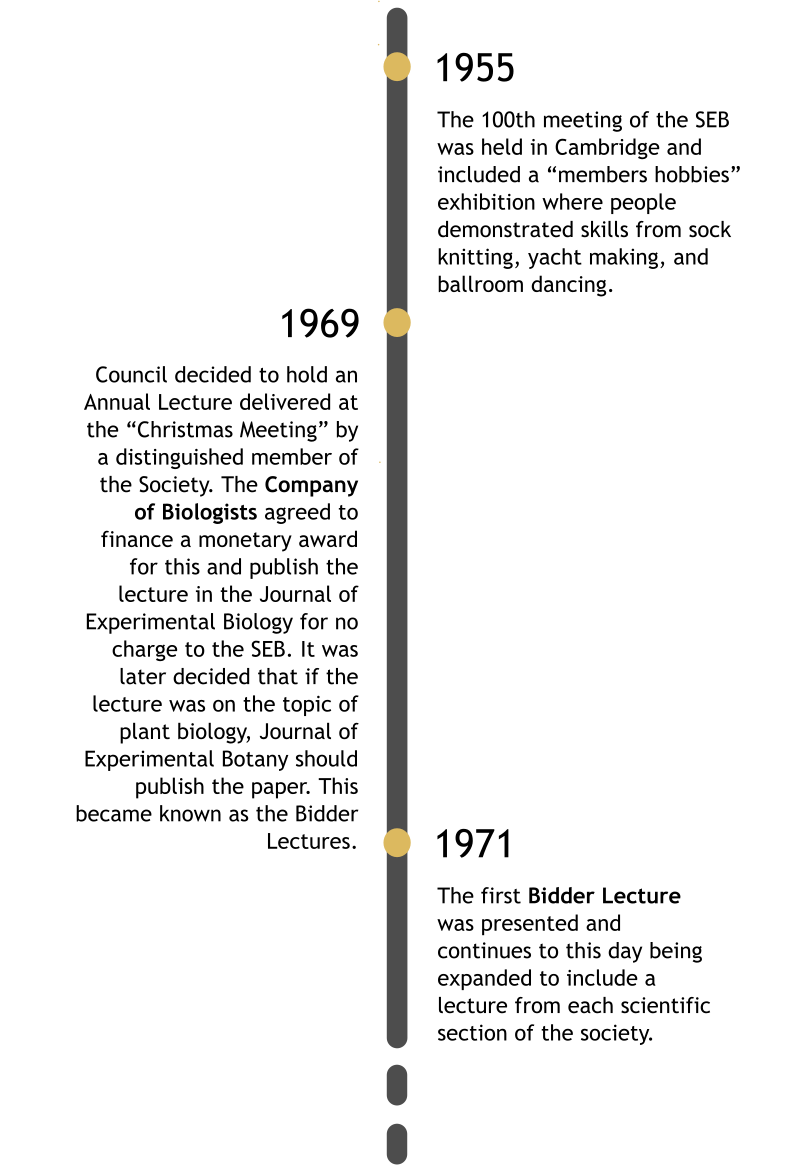
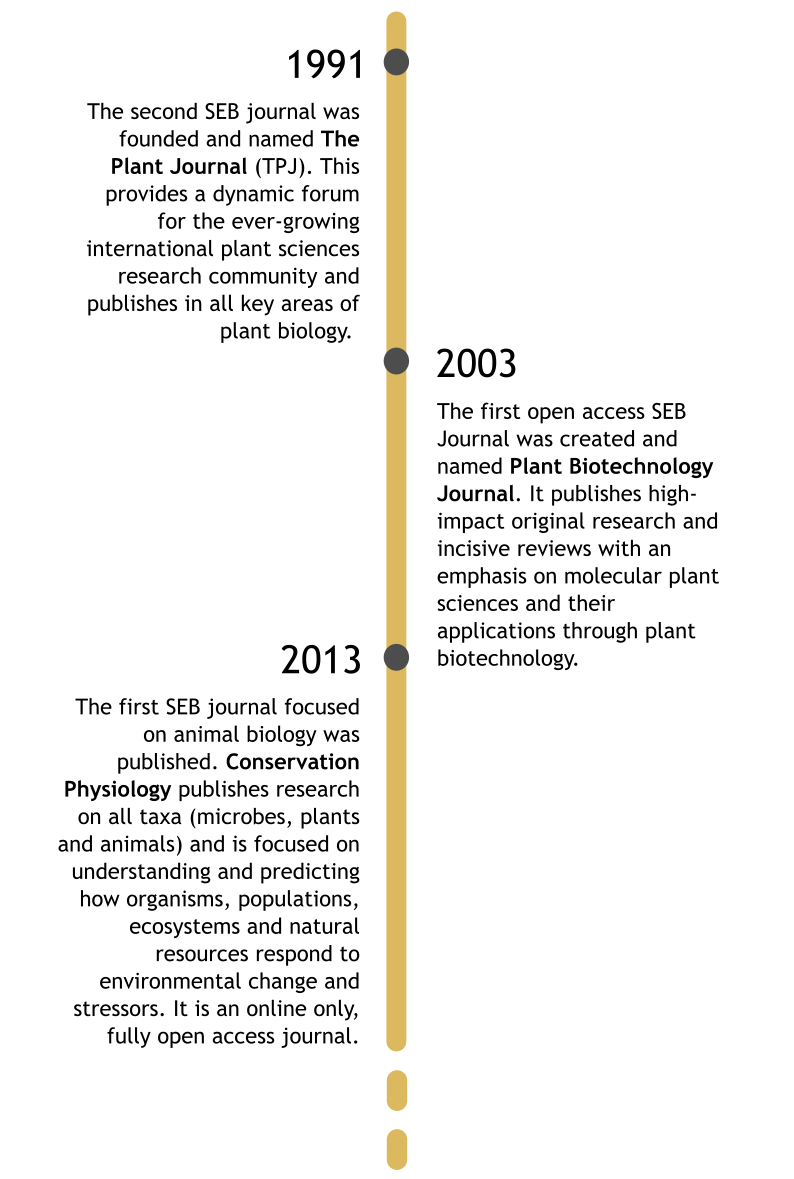
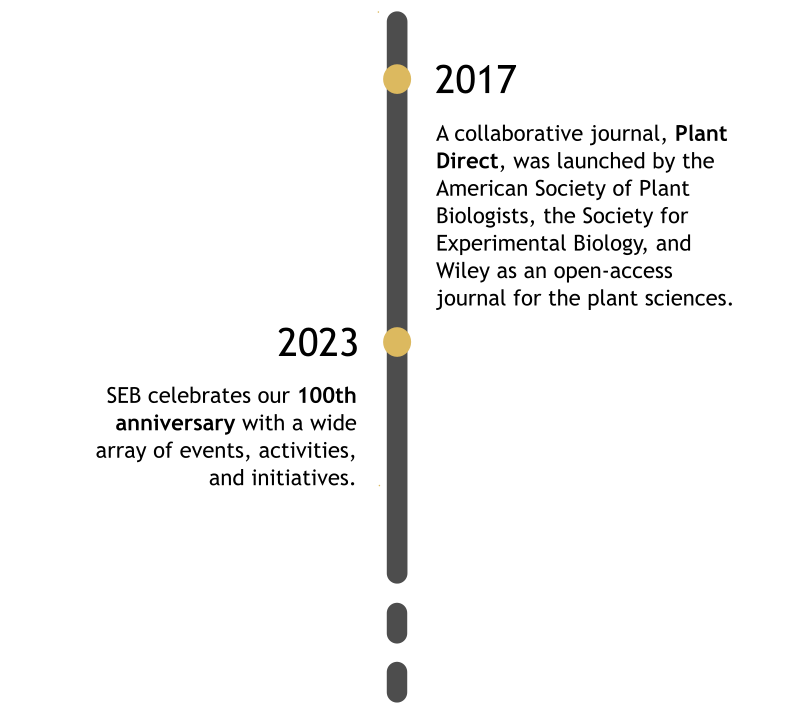
Do you have a story to share?
Do you have a story about the SEB that you'd like to share?
Maybe it's the memories of your first conference, an inspiring lecture you attended, a time you won an SEB award or grant, or holding a past seat on council?
Whatever your story, we'd love to hear about it. Use the form below to share your memories of the SEB with us.
References
[1] HUXLEY JS. 1920. Metamorphosis of Axolotl caused by Thyroid-feeding. Nature 104, 435–435.
[2] HUXLEY JS, HOGBEN LT. 1922. Experiments on Amphibian metamorphosis and pigment responses in relation to internal secretions. Proceedings of the Royal Society of London. Series B, Containing Papers of a Biological Character 93, 36–53.
[3] BUTTON C. 2017. James Cossar Ewart and the Origins of the Animal Breeding Research Department in Edinburgh, 1895–1920. Journal of the History of Biology 51, 445–477.
[4] HOGBEN LT. 1924. The Relation of Internal Secretion to Reproduction and Growth in the Domestic Fowl. The Veterinary Journal (1900) 80, 184–191.
[5] ERLINGSSON, S. J. 2013. Institutions and innovation: experimental zoology and the creation of the “British Journal of Experimental Biology” and the Society for Experimental Biology. The British Journal for the History of Science, 46(1), 73–95.
Extended Alt Text of the Timeline
- 1890s - Experimental zoology became an active field of research being developed by researchers in Germany and America.
- 1920 - The UK Marine Biological Association built a new laboratory in Plymouth dedicated to experimental zoological research
- 1922 - 1923 - The British Journal of Experimental Biology (BJEB) was conceived to cover the latest research in experimental zoology and experimental botany
- 1923 - The Society for Experimental Biology is founded and the first meeting is held at Birkbeck College London
- 1929 – The science of life was published and is widely considered the first modern textbook written by SEB founding members HG Wells and Julian Huxley.
- 1930s – Separation of disciplines into parallel sessions at the Conference. In previous years it was more common for papers and talks covering both plant and animal biology to be included in the same session, but as the size of the meeting grew this was no longer viable.
- 1937 – A subcommittee of Council was formed to consider how plant biologists could be better served by the offerings of the SEB (BJEB was now exclusively Animal Biology focused). They arranged for the New Phytologist to publish a short account of botanical proceedings at the SEB Annual Conference written by the Societies “Botanical Secretary”
- 1947-1949 – Council set up a subcommittee on “the publication of botanical papers” and as a result of their report the Journal of Experimental Botany was founded.
- 1947 – First international SEB conference held in Utrecht. This was shortly after WW2 ended and so was the first occasion in many years that an international community of scientists could meet in person to discuss research.
- 1954 – First paid SEB staff was employed (part-time) to look after the SEB’s membership records, Journal subscriptions, and accounts
- 1955 – The 100th meeting of the SEB was held in Cambridge and included a “members hobbies” exhibition where people demonstrated skills from sock knitting, yacht making, and ballroom dancing
- 1969 – Council decided to hold an Annual Lecture delivered at the “Christmas Meeting” by a distinguished member of the Society. The Company of Biologists agreed to finance a monetary award for this and publish the lecture in the Journal of Experimental Biology for no charge to the SEB. It was later decided that if the lecture was on the topic of plant biology, Journal of Experimental Botany should publish the paper. This became known as the Bidder Lectures
- 1971 – The first Bidder Lecture was presented and continues to this day being expanded to include a lecture from each scientific section of the society
- 1991 – The second SEB journal was founded and named The Plant Journal (TPJ). This provides a dynamic forum for the ever-growing international plant sciences research community and publishes in all key areas of plant biology.
- 2003 – The first open access SEB Journal was created and named Plant Biotechnology Journal. It publishes high-impact original research and incisive reviews with an emphasis on molecular plant sciences and their applications through plant biotechnology.
- 2013 – The first SEB journal focused on animal biology was published. Conservation Physiology publishes research on all taxa (microbes, plants and animals) and is focused on understanding and predicting how organisms, populations, ecosystems and natural resources respond to environmental change and stressors. It is an online only, fully open access journal.
- 2017 – A collaborative journal, Plant Direct, was launched by the American Society of Plant Biologists, the Society for Experimental Biology, and Wiley as an open-access journal for the plant sciences.
- 2023 - SEB celebrates our 100th anniversary with a wide array of events, activities, and initiatives
The Centinary conference will take place at the Edinburgh International Conference Centre The Exchange, 150 Morrison St, Edinburgh EH3 8EE

